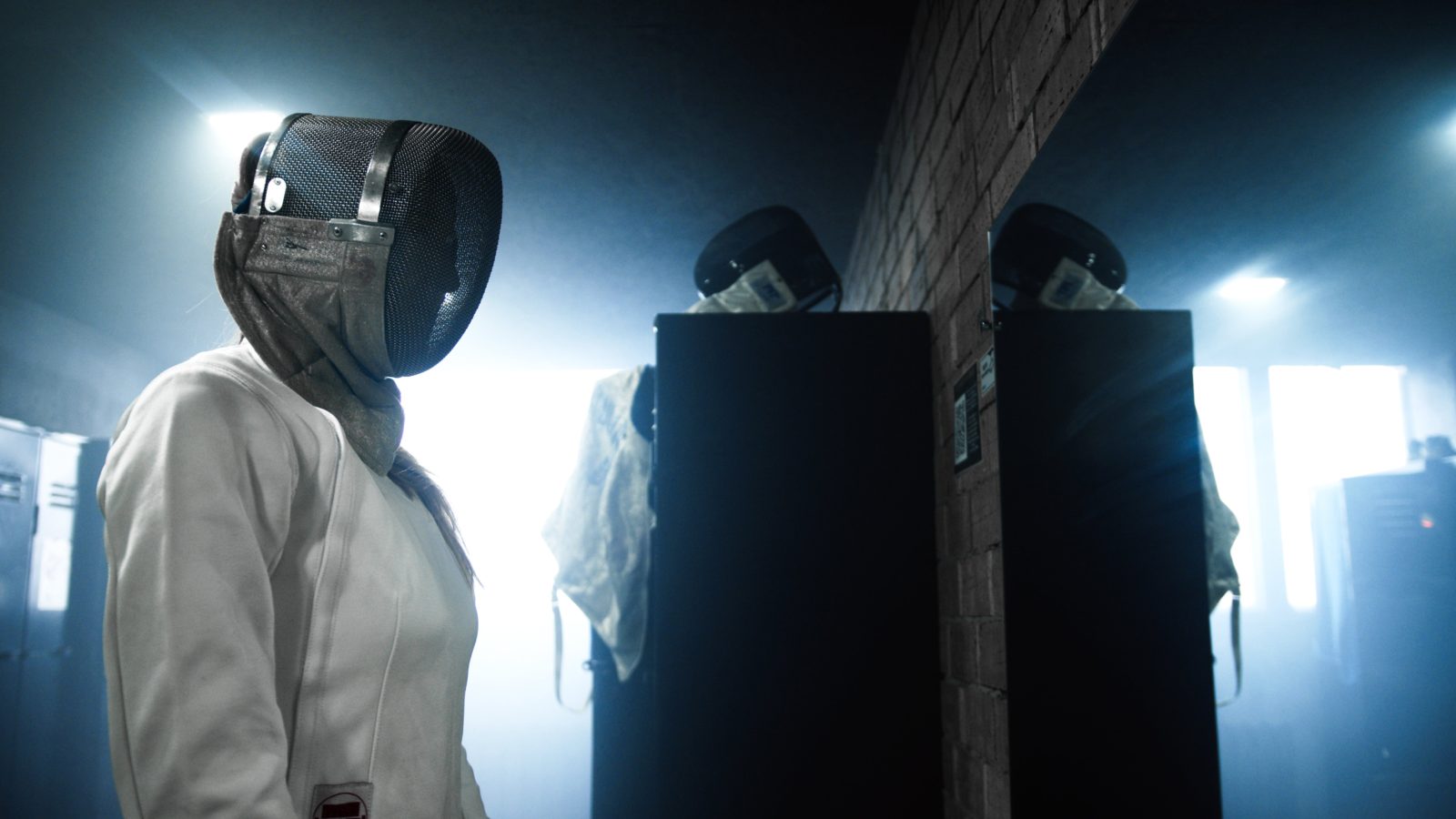Mayors from the Pošumaví region are expressing disappointment and frustration over the proposed construction of a deep-level radioactive waste repository near Březový potok. They criticize the government for its silence and abrupt change in rules, feeling essentially outmaneuvered.
Last week, a law that denied the local communities the power to influence the final decision on the repository was passed. This starkly contrasted to the previous year when the Minister of Industry and Trade, Síkela, promised to strengthen their rights and require the consent of both houses of parliament.
The reversal has been cited as “unfair” by the head of the resort, Jozef Síkela (STAN). Accusations of non-transparency have been leveled against the Ministry, stating that they have ignored the communities’ grievances.
The repository issue has been discussed for 20 years, with other potential sites also under consideration. The drawn-out decision-making process has been likened to a “20-year dragging divorce” by the affected communities.
The mayor of Horažďovice, Michael Forman (Association for the Future), also the nationwide Platform spokesman against Deep Repository, criticizes the state’s dismissive and directive approach. He says such an approach has no place in a democratic society.
The repository is such a significant issue that it cannot be decided without considering the affected communities. “We want the state to talk to us. After all, the potential construction will have huge impacts. Mutual communication and agreement are needed,” Forman suggests.
The twenty affected municipalities in Pošumaví are determined to slow down the geological survey of the area. They will also appeal against the drilling permits issued by the Ministry of Environment by the end of the year. They are gearing up to use all possible means to delay the process. The government is expected to select a location by 2028, with the underground part of the repository covering an area of 306 hectares, and is expected to be operational by 2050.





